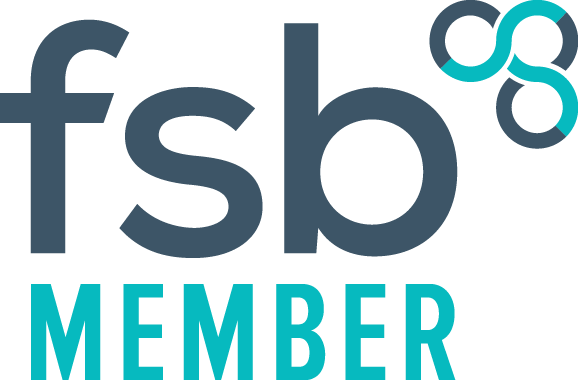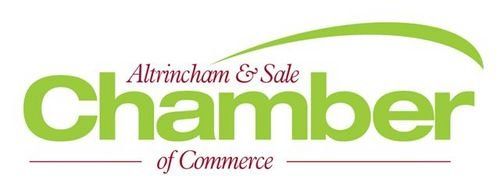How to reach an unexpected settlement
How to reach an unexpected settlement
Mark Whittell shares his experience
From speaking to participants after a successful mediation, they are often amazed that I have achieved the settlement. Their view of the opposition has been less than complimentary - they were so awkward and unreasonable that they would not be prepared to settle.
So, how does a solicitor reach the unexpected settlement?
By coming to mediation, you have made the first move in the right direction because a mediator is not bound by the rules of the law as he is there to facilitate of settlement of the parties’ choosing. As the parties have a choice, what is important to them can be reflected in the settlement rather than the judge imposing the legal answer which no-one wants.
Mediators are usually lateral thinkers who have found solutions to bridge other settlements gaps. However, they need your help.
The first thing to do is to tell the mediator what is important to your client. This does not mean that you have to concede anything in the negotiations. It is often the little things that bridge the settlement gap that no-one would initially think was relevant, but at 7 o’clock at night could prove to be the difference. For example:
- Is an apology necessary?
- Is time pressing because of some contractual commitment?
- Is some part of the contract more essential than others? (the reverse maybe a case for the opposition)
- In the property dispute is an insignificant piece of land to one party of importance to the other?
- If a party can get one thing agreed, do the rest, because of external pressures, become of insignificance?
To overcome a serious block for one party, it may be of little importance to the other.
Sometimes, the block is one of the legal representatives. If you think their lawyer is blocking the settlement, then explain why this is the case to the mediator. It may give the mediator the opportunity to discuss the reasons and find a solution.
Sometimes the block is the client, who simply does not understand the process. Both lawyer and mediator will explain the process, but it does no harm to remind them when the mediator is with the other party. Refer the client to our website before the mediation. It has a large section just for the client and contains a wealth of information and some practical tips. Invite the client to look at the video on our website. It is only 90 seconds long but hopefully explains the process.
The intransigent client is a problem for both mediator and solicitor. Either in the presence of the mediator, or taking the opportunity when he/she is out of the room, have a full and frank discussion with your client about the real issues.
If you feel your client does not fully appreciate your point, and will not listen to you, explain the point to the mediator so that he/she knows the problem and can take up the discussion with your client in a more open way.
No doubt the mediator will use the costs position to try and persuade your client into a settlement. It always helps if you have had those discussions with the client beforehand, so they do not rebel against the mediator’s tactics and start boasting that they can find the money, when in reality they can’t.
The mediator will no doubt use a worst case scenario/best case scenario with your client to get some movement. The risks and costs of the litigation are very real by the time the case comes to mediation. Again, it does no harm to discuss these matters with the client not in the mediator’s presence. If you feel a client is not picking up the point, ask the mediator in the next session to discuss it again.
My classic case of finding something which was unusual to bridge the settlement gap involved a dispute between a manufacturer of computer equipment and a supplier of computer equipment to a service sector. The manufacturer had just changed its models and had some redundant old stock which it could not sell. The settlement gap was around £200,000. The supplier could make £5000 profit on each of the computers (i.e £150,000). The manufacturer had written off the value of the old computers. 30 redundant computers on top of the final, final, final settlement figure did bridge the gap!
It’s the mediator’s task to be receptive to new ideas and to listen for issues, which however large or small have not been raised before, but could make a difference. Help the mediator to pick up those issues, encourage your client to be open minded and let the mediation process take its course.
Save time
Save time
Save costs
Save costs
Get a result
Get a result
Remove risk
Remove risk
Meet your expert Mediators
Meet the specialists
Meet your expert Mediators













